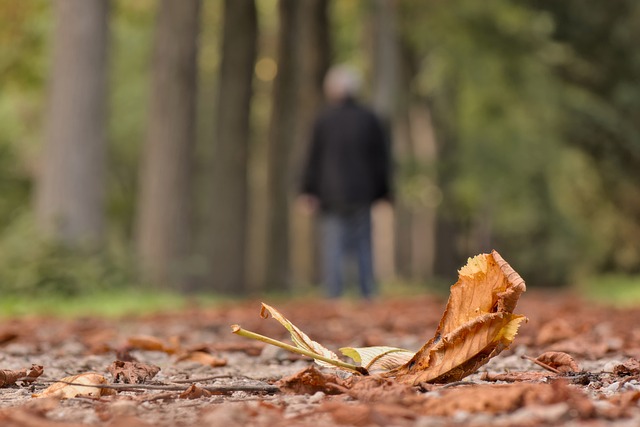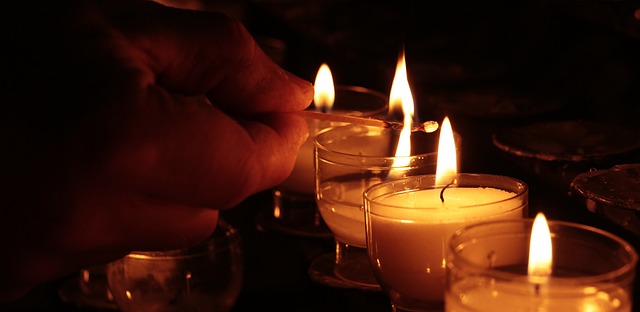The decision between cremation and traditional funerals involves personal values, cultural heritage, ecological impact, and financial factors. Cremation is a cost-effective and environmentally friendly option that allows for highly personalized ceremonies, offering flexibility and modernity. It avoids the higher costs and established rituals of traditional burials, which can include significant expenses for embalming, caskets, vaults, and perpetual care for burial plots. Environmentally, cremation, while still producing emissions, has seen improvements with filtration systems to minimize pollution. The trend towards sustainable practices in funeral services has led to the development of eco-friendly cremation options. Cremation services also enable a unique and personalized way to celebrate the life of a loved one, with options for diverse settings and memorials that resonate deeply with their legacy, making it a meaningful and memorable experience for all involved.
When contemplating the end-of-life rituals, individuals today face a multitude of choices. This article delves into the contrast between cremation and traditional funerals, offering a comprehensive analysis across several facets. We will explore the various aspects of both options, from understanding your funeral service choices to evaluating cost implications and environmental impacts. Cremation services have emerged as a popular alternative, presenting unique considerations in terms of personalization and memorialization that reflect the life lived. Each option holds different significance and carries distinct meanings for families, making it imperative to weigh the options thoughtfully. Join us as we navigate this important decision-making process, ensuring your loved one’s final farewell is a fitting tribute.
- Understanding Your Options: A Comparison of Cremation Services and Traditional Funerals
- Cost Considerations: Breaking Down the Financial Implications of Cremation vs Traditional Burial
- Environmental Impact: Evaluating the Eco-Friendly Aspects of Cremation and Traditional Burials
- Personalization and Memorialization: Tailoring Funeral Experiences to Reflect the Life Lived
Understanding Your Options: A Comparison of Cremation Services and Traditional Funerals

When contemplating the end-of-life arrangements for oneself or a loved one, understanding the options available is paramount. Cremation and traditional funerals are two distinct paths that offer unique experiences and memorial practices. Cremation services have become an increasingly popular alternative to traditional burials, offering a simpler, cost-effective, and often more environmentally friendly option. The process of cremation involves the use of high heat and specialized equipment to reduce the body to its basic elements, typically resulting in cremated remains. This method can be complemented by various memorial services that honor the deceased’s life and legacy, allowing for personalized ceremonies that reflect their personality and preferences.
On the other hand, traditional funerals encompass the time-honored practices of embalming, viewing, and burial in a cemetery plot. This traditional approach provides a tangible space to visit and pay respects, which can be comforting for those who seek a physical presence to grieve and remember. It often includes a service held at a place of worship or a funeral home, followed by the interment of the body in a casket. The traditional route also offers rituals that many find meaningful and a sense of closure. Both cremation services and traditional funerals fulfill the need to mourn and remember, but they do so in different ways, each with its own set of customs and considerations. When choosing between these options, it’s important to reflect on personal beliefs, cultural traditions, environmental concerns, and financial aspects, as well as the preferences of those who will be affected by the decision. Understanding the nuances of each option enables individuals to make informed choices that align with their values and wishes.
Cost Considerations: Breaking Down the Financial Implications of Cremation vs Traditional Burial

When contemplating the end-of-life arrangements for oneself or a loved one, cost is often a significant factor in the decision between cremation and traditional burial. Cremation services typically present a more economical option when compared to traditional funeral rites, which involve embalming, a casket, a vault, and a burial plot. The costs associated with a traditional funeral can quickly accumulate, often reaching several thousand dollars, whereas cremation services can start from a few hundred to a couple of thousand, depending on the chosen level of service and memorization.
The financial implications of choosing cremation over traditional burial extend beyond the immediate expenses. For instance, while a cemetery plot requires ongoing maintenance fees, cremated remains do not necessitate land space, thus eliminating these recurring costs. Additionally, the cost of a headstone or marker for cremated remains is generally less than that for a full-body burial. Beyond the fiscal considerations, cremation offers greater flexibility in memorial services and commemorative events, allowing for more personalized and potentially less expensive gatherings. This flexibility, combined with the lower initial cost of cremation services, makes it an attractive option for those looking to manage end-of-life expenses more effectively.
Environmental Impact: Evaluating the Eco-Friendly Aspects of Cremation and Traditional Burials

Cremation and traditional burials present distinct environmental considerations that are increasingly influential in decision-making processes for many individuals. Traditional burials often involve embalming with chemicals, which can seep into the ground and potentially contaminate water sources. Additionally, the caskets used are frequently constructed from non-biodegradable materials such as steel or concrete, contributing to land use and waste. In contrast, cremation services offer a more compact form of remains, which significantly reduces the space required for burial. However, crematoriums do have environmental impacts; they consume energy resources and can emit pollutants like dioxins and carbon dioxide. Modern cremators are designed to minimize these emissions, and many are now equipped with filtration systems to capture and neutralize harmful gases. Moreover, the process of cremation itself is typically less land-intensive compared to traditional burials, making it a preferred choice for those conscious of their ecological footprint. As the demand for sustainable end-of-life options grows, both industries are adapting, with innovations in cremation technology and alternative burial methods like biodegradable urns and natural burial grounds being explored to mitigate environmental impact. Choosing between cremation services and traditional funerals now often involves an evaluation of the eco-friendly aspects of each option, reflecting a broader societal shift towards sustainable practices.
Personalization and Memorialization: Tailoring Funeral Experiences to Reflect the Life Lived

When considering the most fitting way to honor a loved one’s life, personalization and memorialization become paramount in creating a meaningful ceremony that reflects their unique journey. Cremation services offer a versatile platform for such personal touches, allowing families to celebrate the deceased’s life with authenticity and specificity. Unlike traditional funerals, which may adhere to set formulas or religious rituals, cremation affords the opportunity to design a service that aligns closely with the individual’s character, interests, and life story. From intimate gatherings in a serene garden setting to more elaborate events held in funeral homes or places of significance to the deceased, cremation allows for a wide array of options. The flexibility inherent in cremation services ensures that every aspect of the ceremony, from the music played to the readings chosen and the mementos left behind, can be tailored to celebrate the life lived, creating a lasting tribute that is as individual as the person being remembered. This level of personalization not only provides comfort to those grieving but also creates a memorable experience that reflects the essence of the departed’s identity and legacy.
When contemplating end-of-life arrangements, individuals and families are increasingly considering both cremation and traditional funeral options. This article has explored these diverse practices, examining their financial implications, environmental impact, and the extent to which they can be personalized to honor a life lived. Cremation services often present a more cost-effective alternative to traditional funerals, with eco-conscious choices also being a growing preference for those mindful of their ecological footprint. Ultimately, the decision between cremation and traditional burial is a deeply personal one, reflecting the values and legacy of the deceased. Whether choosing cremation for its affordability or considering a traditional funeral to maintain family traditions, the options available are designed to offer meaningful memorialization while respecting individual needs and preferences.



